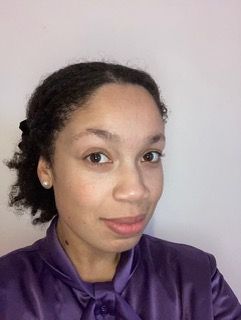Magic has been a part of human existence in some way or other for millennia, even though the meaning of the word has changed over time. In Mesopotamia, magic was an integral part of life. This can be deduced from, among other sources, the extensive collection of magical literature that has been unearthed. Magical literature concerns for instance incantations and charms. These texts demonstrate various types of magic people used to heal, to ward off and to seduce through interaction with invisible beings.
My research aims to translate these ancient practices to a contemporary context through an exploration of potential narrative structures and pragmatic functions embedded within a Mesopotamian magical text. This analysis is facilitated through the application of philosopher J.L. Austin’s theoretical framework, Speech Act Theory. Moreover, this research is inspired by the work of assyriologist and playwright L. S. Wisnom that sets out to activate ancient sources.
During workshops with students, new texts, contexts and performance practices will be created in dialogue with Mesopotamian magical literature. In this way this research project approaches the question what role ancient magic can play in artistic creation today. It is the goal of this project to explore how to expand the tools we, artists, students, teachers, and researchers, apply to relate to text and story structure.
Image:fragment from 'De Adellijke Ark' (The Noble Ark) by Willy Vandersteen





